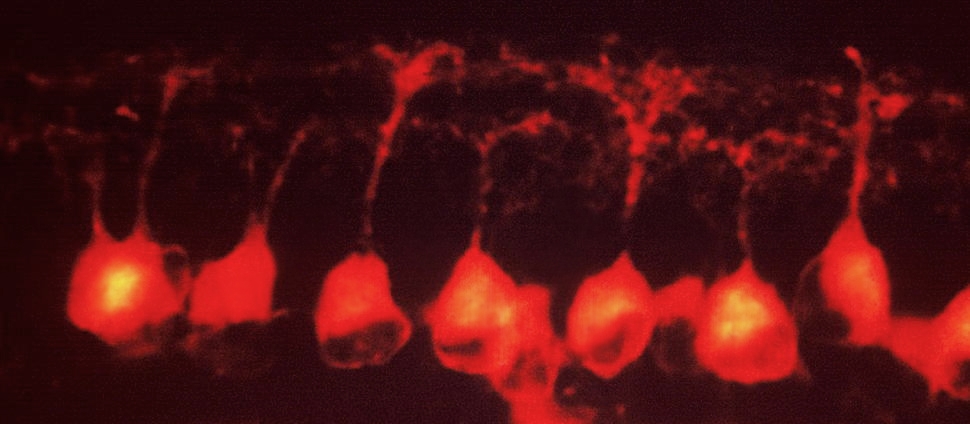Document Type
Article
Publication Date
2007
Publication Title
Proceedings of the Royal Society
Abstract
Day length is the primary cue used by many mammals to restrict reproduction to favourable spring and summer months, but it is unknown for any mammal whether the seasonal loss of fertility begins at the same time and occurs at the same rate in females and males; nor it established whether the termination of mating behaviour in males and females coincides with the loss of fertility. We speculated that females, owing to their greater energetic investment in reproduction, are the limiting sex in terminating offspring production in short days (SDs). Oestrous cycles and production of young were monitored in Syrian hamsters (Mesocricetus auratus) transferred from long days (LDs) to SDs. Females were mated to LD males after three to eight weeks of SD treatment; in a parallel experiment, males housed in SDs were mated to LD females. After five and eight weeks in SDs, at least twice as many males as females were fertile. Both males and females continued to copulate for several weeks after becoming infertile. The onset of seasonal infertility occurs earlier in females than males and the decline in fertility precedes the seasonal loss of mating behaviour in both sexes.
Keywords
photoperiod, sex differences, fertility, seasonality
Volume
274
First Page
281
Last Page
286
DOI
doi:10.1098/rspb.2006.3726
Rights
This journal is ©2006 The Royal Society
Version
Version of Record
Recommended Citation
Beery, Annaliese K.; Trumbull, Justin J.; Tsao, Jyeming M.; Costantini, Ruth M.; and Zucker, Irving, "Sex differences in the Onset of Seasonal Reproductive Quiescence in Hamsters" (2007). Neuroscience: Faculty Publications, Smith College, Northampton, MA.
https://scholarworks.smith.edu/nsc_facpubs/8


